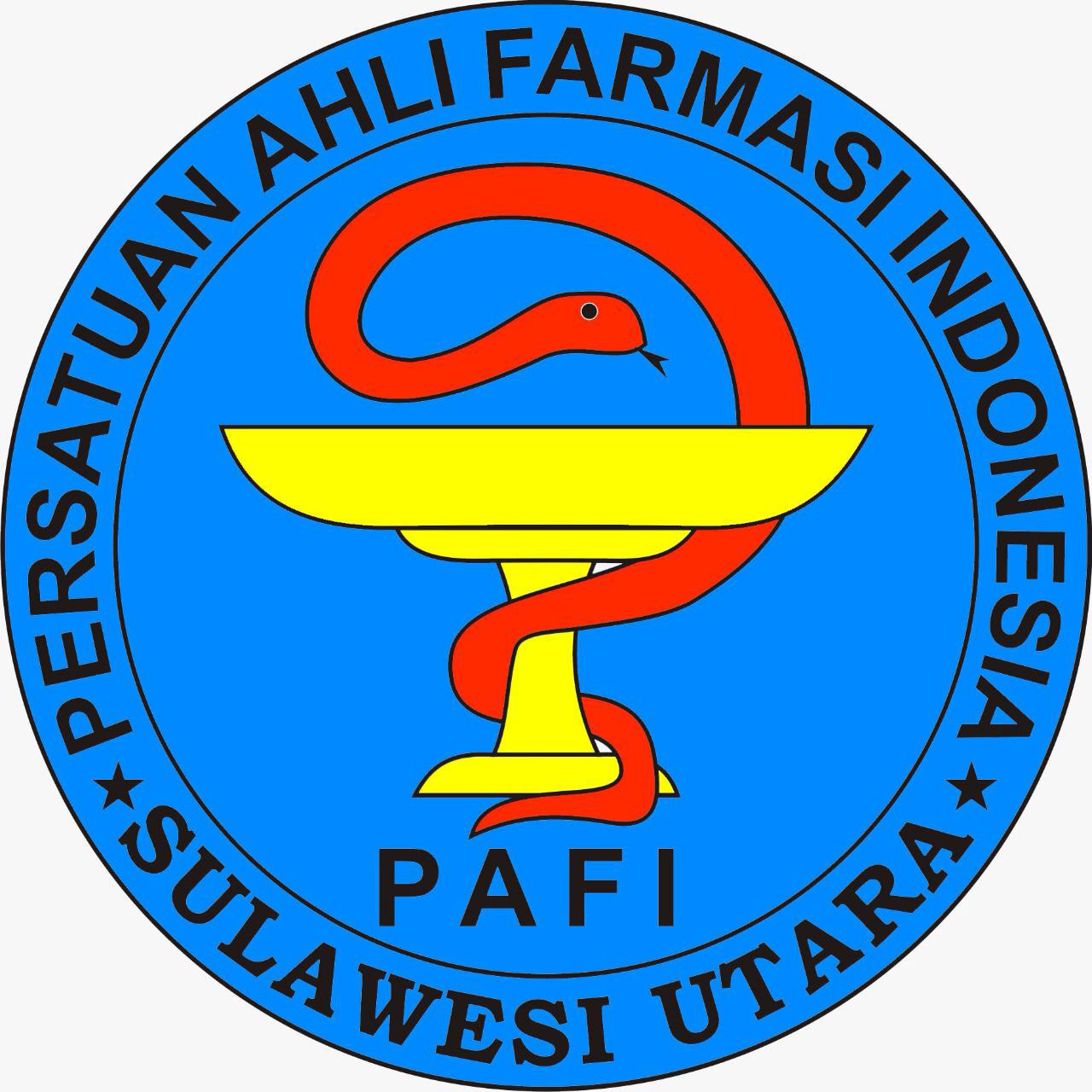UJI AKTIVITAS ANTIHIPERURISEMIA EKSTRAK ETANOL DAUN GEDI HIJAU (Abelmoschus manihot (L.) Medik) PADA TIKUS PUTIH JANTAN GALUR WISTAR (Rattus norvegicus)
Abstract
ABSTRACT
In the southeast Asian Region showing prevalence for the incidence of hyperuricemia, Indonesia ranks second with 18%. Diseases resulting from hyperuricemia (Excess uric acid) are known as gout. The use of excessive or uric acid lowering drugs such as Allopurinol can cause side effects. Flavonoids are known to inhibit xanthine oxidase, so flavonoids have the potential to be used as antyhiperuricemia agents. Green gedi leaves that have been extracted with 96% ethanol have a total flavonoid content of 41.56%. This study aims to determine the potential activity of reducing uric acid levels from green gedi leaves. This type of research is an experimental study carried out in a laboratory with rat test animals with 5 kind of treatments with 3 treatments per repetition. Hyperuricemia conditioning is done by inducing potassium oxonate intraperitoneally. Group I as negative control was given 1% CMC, group II as positive control was given Allopurinol, group III-V was treated with ethanol extract of green gedi leaves with defferent doses of 3.6mg, 7.2mg and 14.4mg. Based on the ANOVA test results obtained there is a significantly different levels of uric acid with p = 0.038 (<0.05) where the results of decreased of uric acid levels with the ethanol extracts of green gedi have a significant difference (p<0.05) with ANOVA statistical tests with level of confidence 95%.
Keywords : Anova, antyhiperuricemiaa, green gedy leaves.
ABSTRAK
Di Kawasan Asia Tenggara menunjukan prevelensi untuk kejadian hiperurisemia, Indonesia menduduki peringkat kedua dengan angka 18%. Penyakit akibat hiperurisemia (kelebihan asam urat) dikenal sebagai gout atau pirai. Penggunaan obat penurun asam urat seperti Allopurinol yang berlebihan atau terlalu sering dapat menimbulkan efek samping. Flavonoid diketahui dapat menghambat xantin oksidase, sehingga flavonoid berpotensi untuk dijadikan sebagai agen antihiperurisemia. Daun gedi hijau yang telah diekstraksi dengan etanol 96% memiliki total kandungan flavonoid sebesar 41,56%. Penelitian ini bertujuan untuk mengetahui potensi aktivitas penurunan kadar asam urat dari daun gedi hijau. Jenis penelitian ini merupakan penelitian eksperimental yang dilakukan didalam laboratorium dengan hewan uji tikus dengan 5 macam perlakuan setiap perlakuan dengan 3 kali pengulanan. Pengkondisian hiperurisemia dilakukan dengan menginduksi kalium oksonat secara intreperitoneal. Kelompok I sebagai kontrol negatif diberi CMC 1%, kelompok II sebagai kontrol positif diberi Allopurinol, kelompok III- V diberi perlakuan ekstrak etanol daun gedi hijau dengan dosis yang berbeda-beda yaitu 3,6mg, 7,2mg, dan 14,4mg. Berdasarkan hasil uji ANOVA didapatkan kadar asam urat berbeda secara bermakna dengan p = 0,038 (<0,05) dimana hasil penurunan kadar asam urat ekstrak etatnol daun gedi hijau terdapat perbedaan yang signifikan (p<0,05) dengan uji statistik ANOVA dengan tingkat kepercayaan 95%.
Kata kunci : Daun gedi hijau, antihiperurisemia, Anova
Full Text:
PDFDOI: https://doi.org/10.35799/pha.8.2019.29365
Refbacks
- There are currently no refbacks.
Copyright (c) 2020 PHARMACON

This work is licensed under a Creative Commons Attribution-NonCommercial 4.0 International License.
 | Publisher : |  | Cooperation With : |

This work is licensed under a Creative Commons Attribution-NonCommercial 4.0 International License.








